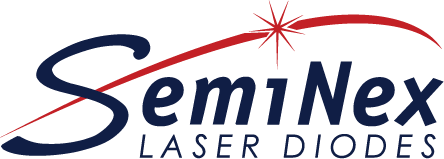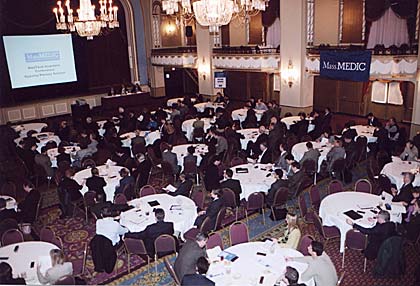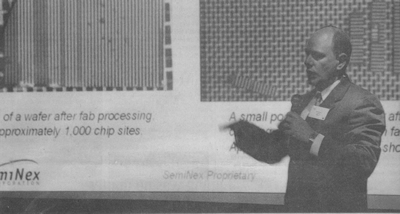By Christina Torode
Staff writer – Salem News
As local entrepreneurs wait to hear if their business plans pass muster with judges of this year’s North Shore Business Plan Competition, the winners of last year’s competition have a few words of advice:
Be prepared to sacrifice … big time.
Since winning the $5,000 first prize in the 2005 competition last May, SemiNex’s founder and president David Bean has gone without a salary for the past year with startup costs for his semiconductor laser technology business estimated at around $200,000.
Custom Medicine Pharmacenter co-owners William and Mary Beckman, who took the $2,000 third prize, have also scraped by, forgoing salaries and spending $250,000 on the buildout of their compounding lab in Beverly.
BioPoint Solutions, the Danvers software company that landed the $3,000 second prize, followed a similar path. “We came up with $200,000 to spend on product development and legal fees associated with starting a business and that amount just let us scrape by,” said Doug Brown, co-founder, president and chief executive officer of BioPoint. “For anyone starting out in the technology space we’re in, I would tell them that they need at least $400,000 to $500,00 to really get your business going.”
But along with the financial struggles over the last year came significant milestones for each of the startups.
SemiNex Corp. emerges from stealth mode
The Middleton company won last year’s coveted prize, then went underground. Last week, however, SemiNex came out of stealth mode with a new Web site and some major customer wins.
SemiNex, which makes pencil-eraser-sized semiconductor chips used to power lasers, promoted its technology during the business plan competition for cosmetic use in lasers to reduce wrinkles and acne, but since then the company has developed several applications for its product.
SemiNex’s first deal was with a medical customer. Recently, the military came calling.
“In both cases, I can’t name the customer or how they’re using our chips, but our technology can be used in laser radars used by the military and there are people interested in using our technology in free space communications where laser light is used to communicate between towers on buildings, for example,” said Bean, president of SemiNex. The technology can also be used in laser targeting and guidance systems, according to SemiNex’s Web site.
The company recently shipped hundreds of units of its chips to the medical industry and military customers, but it took a year’s worth of development and related manufacturing costs funded by Bean and co-founders Dan Pulver, director of engineering, and Don Freeman.
“The investment community is a lot slower to invest than we had hoped and that forced us to bootstrap the operation and really hunker down and focus on development and improving the product,” said Bean. “In that process we’ve been able to increase the power of the laser two to five times over competitors’ (products) and therefore reduce the cost of our product because you only have to use one laser powered by our technology in comparison to having to use two to five lasers to get the same power from other companies’ technology.”
With a product coming out of production and in use by two customers, Bean is ready to go back to the 40 or so venture capital firms and angel investors he’s met with over the last two years. He hopes to raise $500,000 to commercialize the company’s product and hire part-time accounting and administrative help, as well as engineers.
The money the company has spent so far covered development, patent-pending and incorporation costs and related legal fees, he said. The $5,000 prize from the business plan competition went right into product development.
“For those going into the (business plan) competition this year, I would say be farther along in the development process than we were,” he said. “I think it makes a world of difference with investors.”


